“Then you flew your Lear jet up to Nova Scotia
To see the total eclipse of the sun”
– Carly Simon “You’re So Vain”
Carly Simon sang about it, but you can really do it, and you don’t need your own jet. Astronomical tours focus on the observations of the heavens from terrestrial destinations possessing permanent or temporary geographic advantages for watching particular celestial events or phenomenon.
Most of the civilized world suffers from “light pollution”, whereby man-made light dilutes and washes out the much more distant lights of planets and stars. Thus, the best possible sky gazing is done far from the pernicious effects of artificial light in more remote locations. Likewise, the higher the altitude, the better the viewing as there is less of earth’s atmosphere between the traveler and the heavens. Thus, the ultimate destination is one where the sought after phenomenon is viewable, far from artificial light, at as high an altitude as possible. If you have ever considered an astronomical vacation, use this handy guide to acquaint yourself with the many options available to globe-trotting astro-vacationers.
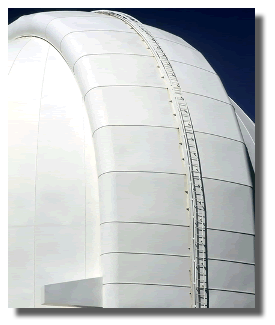
Southern Sky tours take advantage of remote locations in the southern hemisphere to observe the unfamiliar night vistas of the lower latitudes. In the southern regions of the globe, many celestial objects that are not present in the northern hemisphere are visible including two nearby galaxies, the Magellanic Cloud, and the Eta Carinae Nebula. Many star groupings from the Northern Hemisphere are not visible or look strangely different.
Tour companies often use Central and South America countries such as Costa Rica or Bolivia as viewing locations, and each typifies different advantages. In Costa Rica, the warm climate makes viewing very comfortable. In Bolivia, the altitude of 12,000 feet plus means that in any season a coat is in order, but much of the earth’s atmosphere is beneath you!
Southern sky trips are often available in close proximity to local observatories. Tour operators often charter use of these facilities for the duration of the trip, adding to the interest.
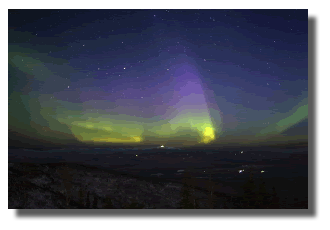
Throughout history, many cultures have worshiped the planets, stars, sun and moon. Even today, vestiges of the old religions can be found in native cultures or, in some instances, hiding behind the vestments of our modern religious practices. The summer and winter solstices, June 21 and December 21, are two occasions when opportunities for great astronomical viewings present themselves and tour operators offer specialized tours. Many tours center around centuries old astronomical sites: think Stonehenge or Andean temples. Because the Solstices represented the longest and shortest days of the year, the dates bore great import to ancient agricultural societies. Itineraries usually explore the cultural significance of the occasion along with observation of astronomical phenomenon. During your planning, be sure to note that the summer and winter solstices are reversed in the Northern and Southern Hemispheres.
The autumnal and spring equinoxes are the times of year when the celestial auroras are most visible. However, the visibility of northern and southern lights, unlike many other types of astronomical phenomenon, can not be as easily forecast as they are literally the byproducts of solar weather in the earth’s upper atmosphere. Best viewed in the highest and lowest latitudes, the Auroras are spectacular displays of nature. In the northern hemisphere travelers can view the aurora borealis, and in the southern, the aurora australis.
Solar eclipses present very special occasions for astronomical viewing and photography. Tour operators fly avid travelers to many distant locales to place them directly in the path of the totality of the eclipse. A little background on the mechanics of a solar eclipse is in order to explain why travel is such an important aspect to viewing.
A solar eclipse occurs when the moon passes between the earth and the sun. If the moon’s shadow falls on the earth’s surface at that time, some portion of the sun’s light is eclipsed and the light passing to earth is blocked. Because the moon’s orbit is tilted 5 degrees to the Earth’s orbit, the moon’s shadow usually misses the earth during an eclipse. 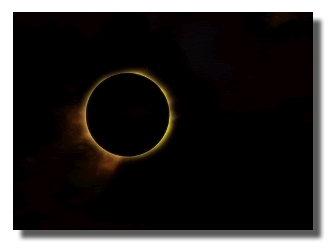 At least twice a year, however, everything lines up just so and an eclipse can be seen from some region of the earth. When the moon’s darkest shadow, the “umbral shadow” hits the earth, and the moon is also at its closest point to earth in orbit, a total eclipse of the sun can be seen.
At least twice a year, however, everything lines up just so and an eclipse can be seen from some region of the earth. When the moon’s darkest shadow, the “umbral shadow” hits the earth, and the moon is also at its closest point to earth in orbit, a total eclipse of the sun can be seen.
The track of the umbral shadow, the “track of totality” is very long, 10,000 miles, but very narrow, about 120 miles wide. Thus, to be in the path of totality, one must travel to very specific parts of the globe.
Some tour operators specialize in astronomical vacations while others use astronomy as a theme for special tours or cruises. In almost all instances, the tour company will employ experts to guide the tour group and to act as an instructor during the trip. Work with your travel consultant to choose a good tour operator and to obtain the greatest possible values in your air and lodging accommodations.
Tour operators act to arrange the logistics of your astronomy tour. A good tour operator will develop the itinerary, arrange for equipment transport (your own and theirs), provide transportation at the destination and look to meals and other creature comforts. As noted above, tour operators will most often furnish a guide for the duration of the trip that will be an expert in astronomy to assist with questions, viewing advice and who will provide lectures to the group.
Tour operators will frequently contract with one or more lodging options at the destination. Discuss with your travel consultant your preferences with regard to your lodging, whether you will require a single or double accommodation or any other options that might be available. Your tour operator will probably also arrange for other activities in the area during those times when you are not viewing the skies, such as local cultural opportunities, nightlife or other entertainment.
Some tour operators specialize in astronomical vacations while others use astronomy as a theme for special tours or cruises. In almost all instances, the tour company will employ experts to guide the tour group and to act as an instructor during the trip. Work with your travel consultant to choose a good tour operator and to obtain the greatest possible values in your air and lodging accommodations.
Tour operators act to arrange the logistics of your astronomy tour. A good tour operator will develop the itinerary, arrange for equipment transport (your own and theirs), provide transportation at the destination and look to meals and other creature comforts. As noted above, tour operators will most often furnish a guide for the duration of the trip that will be an expert in astronomy to assist with questions, viewing advice and who will provide lectures to the group.
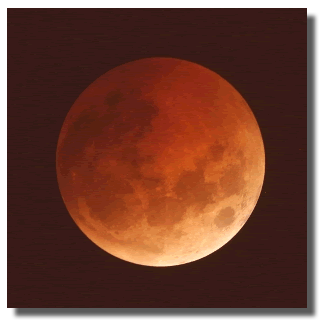
Tour operators will frequently contract with one or more lodging options at the destination. Discuss with your travel consultant your preferences with regard to your lodging, whether you will require a single or double accommodation or any other options that might be available. Your tour operator will probably also arrange for other activities in the area during those times when you are not viewing the skies, such as local cultural opportunities, nightlife or other entertainment.
Some astronomical tours occur on cruise ships which have a couple of interesting advantages. Cruise ships are very maneuverable and can often respond quickly to changing conditions, avoiding weather or clouds, positioning for the most advantageous viewing. Visibility is usually 360 degrees. On a cruise ship, your lodging is always close at hand, so it is easy to reach your accommodations for comfort’s sake. Cruises also provide additional entertainment and amenities often not found in more remote viewing areas.
A bit of planning goes a long, long way to ensuring that you will receive the greatest possible value from your astronomical tour. When choosing a destination, make sure to fully consider the season and the climate of your visit. Your tour operator will brief you on such issues, as well as providing you with a checklist of clothing, gear and other equipment recommended for your trip. If viewing night skies, time your travels if possible to view under a new moon, especially for a southern sky or auroral trip when the light of the moon might interfere with optimal conditions. Likewise, try to travel when the climate is the driest so to lessen the chances of cloud cover.
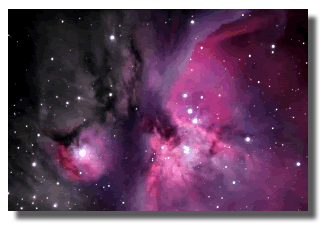
If your destination is at altitude, it is good to know how you react to the effects in advance. Many people are not aware that altitude has a physical effect on individuals to varying degrees. Discuss with your tour operator and your physician any considerations that should be taken for your destination.
If traveling with others, make sure that everyone is as interested in the core reason for your trip as you are, or that the tour operator makes provisions for others in your party to keep them entertained. Likewise, if traveling with children, discuss with your tour operator what provisions are available.
Preparing for your astronomical tour is a relatively simple matter. You will probably want to obtain some guide book materials on your destination. Your travel consultant can recommend some destination materials and can provide good advice with regard to your travel logistics. Research in advance the phenomenon you will be viewing, and acquaint yourself with aspects of the local culture.
Make sure to pay a visit to a doctor experienced in travel medicine if you are going to any area of the world that requires special health considerations such as third world countries or areas at altitude above 8,000 feet. Most astronomical tours are not physically taxing and will require no special conditioning or physical training, and can be accomplished by persons in reasonable physical condition or with physical disabilities under normal circumstances. However, be sure to ask your tour operator about any limitations your condition might present at your destination so that your hosts can make adequate arrangements.
Finally, make sure that your travel documentation such as passports and visas are arranged and are current. Now, you are all set to go, and the sky’s is no longer the limit!

